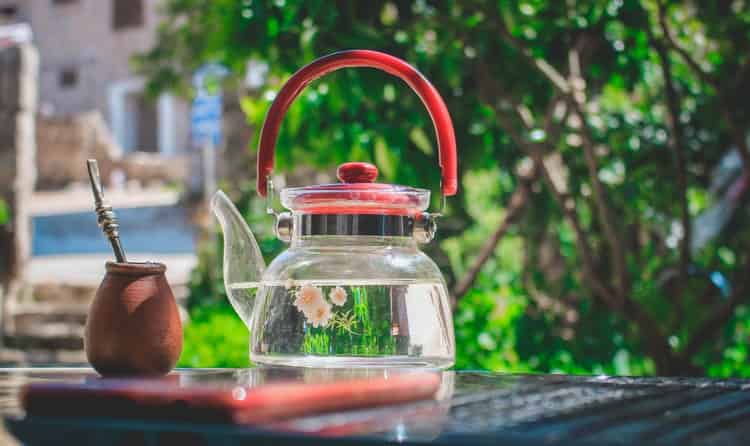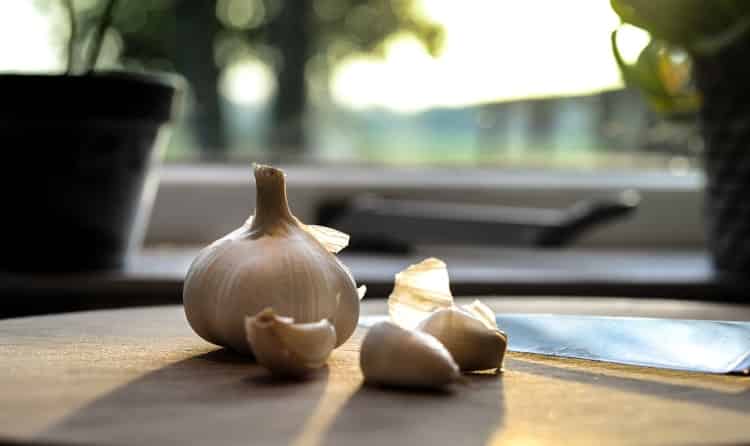What is a Yeast Infection?
A vaginal yeast infection is caused by an overgrowth of the yeast Candida albicans, a type of fungus. Small amounts of yeast live in the body constantly, causing no harm because they are kept in balance by the body’s healthy bacteria. But when the balance is disturbed — often by antibiotics, too much estrogen, or diet — the number of yeast increases. This overgrowth causes itchiness, irritation, and pain.
Yeast infections can be treated with either prescription or over-the-counter antifungal medications. But if you prefer natural remedies, there are several ways to self-treat a vaginal yeast infection.
When to Self-Treat a Yeast Infection
Other infections, such as bacterial vaginosis or some STDs, can easily be mistaken for a vaginal yeast infection. If you have never had a yeast infection before it is a good idea to check with a doctor to be sure of the diagnosis, rather than self-treating. You should also avoid treating yourself for a yeast infection if:
- you are pregnant
- you might have been exposed to a sexually transmitted infection
- you are having a recurring vaginal yeast infection
However, if you are very confident that what you have is a vaginal yeast infection, and you do not have any other conditions to take into account, try one of these natural treatments to clear up your symptoms.
Probiotics for yeast infection

Taking probiotics orally does not seem to have any effect on a vaginal yeast infection. However, in 2012 an Italian study found that 87% of women who inserted a probiotic pill into the vagina overnight for seven nights saw their yeast infection clear up. Because healthy levels of bacteria are necessary to keep yeast levels in check, using probiotics directly at the site of the infection helps restore the body to its normal balance.
Tea Tree Oil

Tea tree oil is naturally anti-fungal, and in clinical trials has been shown to be effective in clearing up Candida infections. However, it is very strong and can irritate already sensitive skin, so be careful to dilute the oil before using it. If using tea tree oil is uncomfortable or painful, discontinue the treatment immediately.
Also Read
- 10 Best Home Remedies for UTI
- 8 Warning Signs of Cervical Cancer
- 6 Natural Remedies to Eliminate Stretch Marks
To treat a vaginal yeast infection with tea tree oil, add 20-30 drops of oil to a warm bath and soak in it for 10-15 minutes.
Avoiding Sugar

Yeast feed on sugar, so if you have a high-sugar diet you are essentially feeding your yeast infection. As soon as you notice an infection starting, cut back on the sugar in your diet, including fruit, alcohol, and sweeteners like honey or stevia. Though reducing the sugar will not clear up an infection on its own, it will increase the effectiveness of other treatments. If you are prone to frequent vaginal yeast infection, you may experience them less often if you remove most sugary food from your diet.
Garlic for yeast infection

Though there has been little research done on using garlic to treat vaginal yeast infections, there is a good deal of anecdotal evidence about its effectiveness. Garlic is known for killing yeast and another fungus — which is why bakers never add it to bread until after the dough has risen — and can be used much like probiotics to treat a yeast infection.
To treat a vaginal yeast infection garlic, wrap one garlic clove in sterile gauze (to make it easier to remove) and insert it into the vagina for several hours.
Coconut Oil Yeast Infection

Coconut oil can soothe skin that is sensitive and inflamed as a result of an infection, while its antifungal properties help kill off the excess Candida yeast. To use, apply warm coconut oil externally at the site of the infection 1-3 times per day until it clears up.
As with any infection, self-treating a vaginal yeast infection comes with some risk. Talk to your doctor before making any changes to your healthcare regimen.











